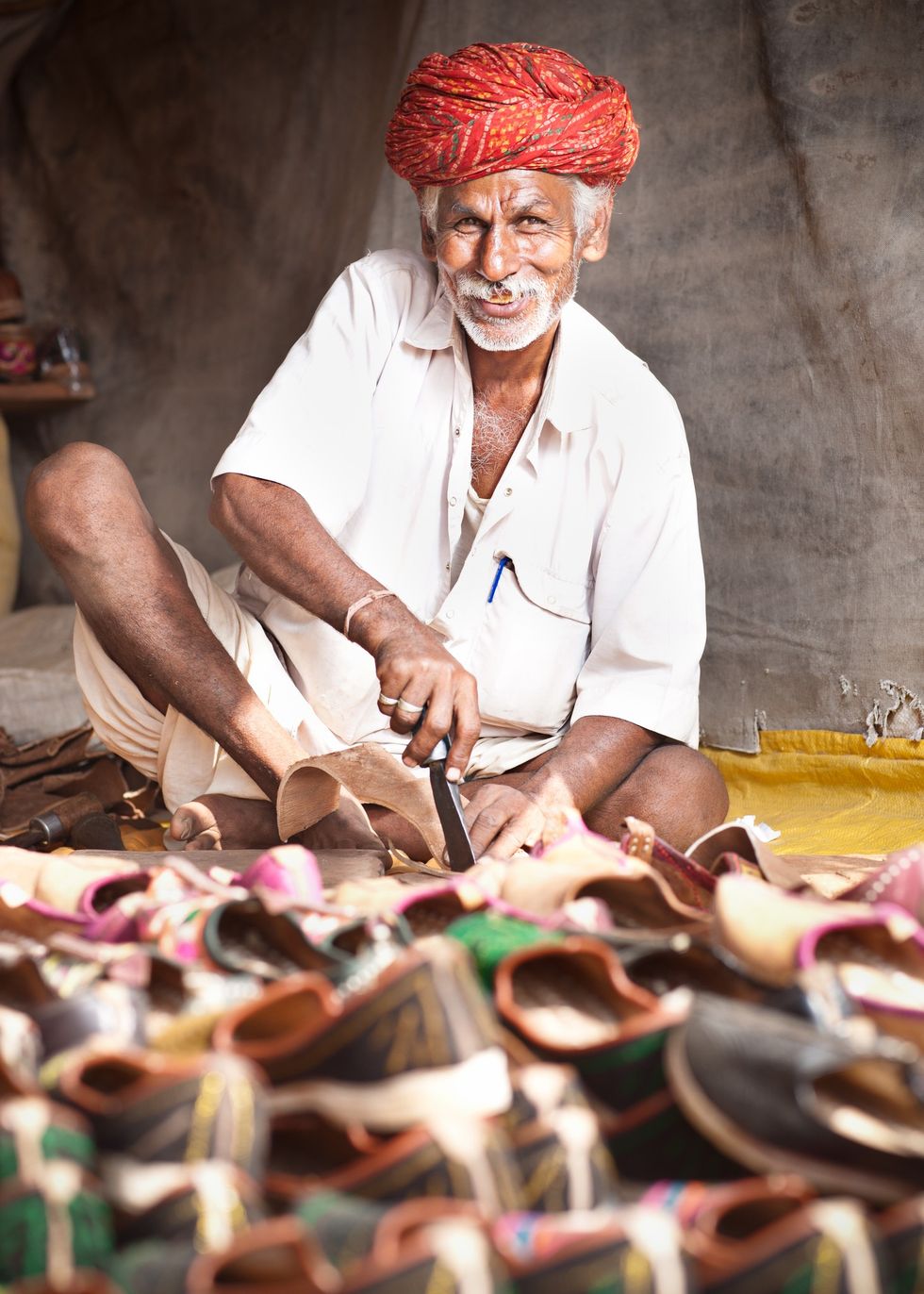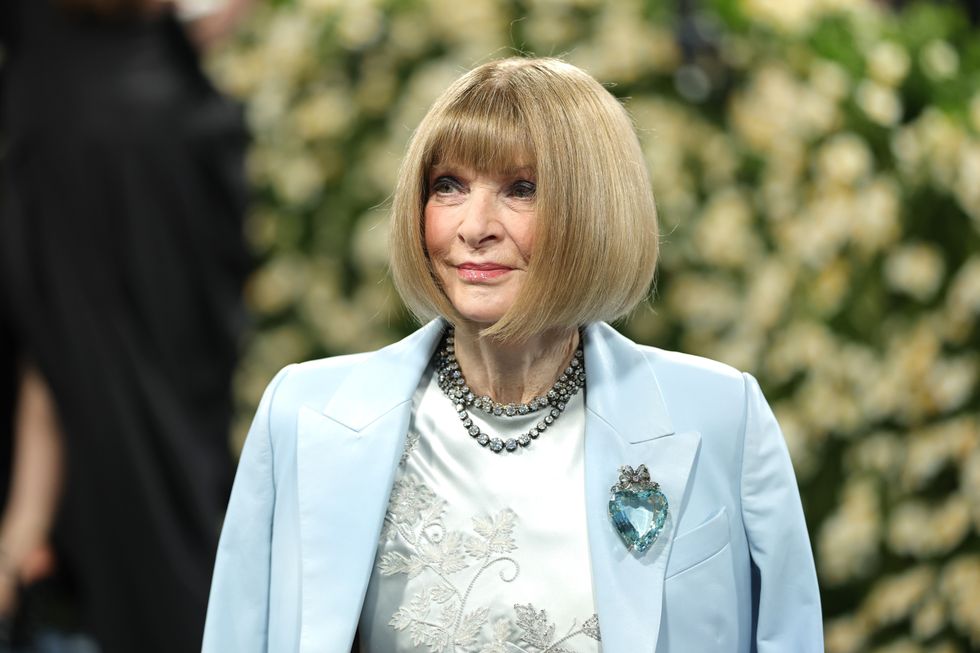By Samiah Noor
Last weekend saw thousands of Muslims gather for the premier Modest Fashion Live catwalk show in Olympia.
The biggest names in the modest fashion world wowed audiences with their latest collections at the London Muslim Lifestyle Show at the Olympia London, on April 21 and 22.
Now in its third year, the London Muslim Lifestyle Show showcases the very finest Islamic products, fashion and lifestyle. It is a weekend of festivities with has jam-packed activities for the thousands of visitors in attendance.
Adhiba Dar, CEO at Modest Fashion Live said: “Over the years we’ve seen London Muslim Lifestyle Show grow exponentially, attracting international brands, making it the perfect platform to launch Modest Fashion Live.
“Our ethos is to help bring the world together on one runway, and this event is just the beginning.”
Guests were treated to delicacies of the Tariq Halal Food Court, featuring over 20 halal caterers. The Beauty Room, where five of the most influential beauty bloggers, such as Fatiha Rouf, Meh Malik and Yasmine Alom, shared their expertise with fans by providing make-up masterclasses. There were a number of informative seminars such as Modest Fashion GIES session to discuss ‘will modest fashion continue to go mainstream’, and 'How to Blog like a Pro', a session delivered by the influential beauty bloggers.
There were loads of other fun activities for adults and children alike, including over 200 stalls selling a wide range of products such as Islamic art, fashion and jewelry boutiques, health products etc and activities for kids such as a cricket simulator and the Ali Huda kids zone.
A highlight of the pioneering event, was the breathtaking Modest Fashion Live runway show which is fast becoming the must-see events for modest dressers with an eye for the latest trends.
The runway saw many of the modest industry’s leading fashion houses showcase their latest collections, including Aab and Inayah. Soft flowing fabrics were the theme of the weekend, with Aab’s collection featuring neutral tones and a laid-back feel, while Inayah showcased jewel colours and simple embellishments.
Waleed Jahangir, CEO at Algebra Consulting, the organising company behind both shows, added: “The two shows together offer audiences not just style inspiration and groundbreaking fashion opportunities, but everything else that is not so easily accessible for the Muslim consumer here in the UK, such as food and entertainment.”
He continued: “This year London Muslim Lifestyle Show has doubled in size after only three years, which just goes to show how needed it is within the industry”.
Modest Fashion Live and London Muslim Lifestyle Show are both organised by the team at Algebra Consulting, the event powerhouse also behind the London Halal Food Festival and upcoming London Eid Festival at Westfield.
Algebra Consulting is a boutique consulting firm serving clients of diverse backgrounds, in particular those in Muslim cultural economic sectors in addition to mainstream organisations serving the communities.
The next Modest Fashion Live event will be held at Westfield London, W12, between the 23rd-24th June 2018. For more information visit www.modestfashionlive.com.














 Shefali Jariwala death raises concern over anti ageing drugs and self medication Instagram/shefalijariwala
Shefali Jariwala death raises concern over anti ageing drugs and self medication Instagram/shefalijariwala  Anti ageing pills found at Shefali Jariwala home spark health safety debate Instagram/shefalijariwala
Anti ageing pills found at Shefali Jariwala home spark health safety debate Instagram/shefalijariwala 
 Prada confirms Kolhapuri chappals inspired its 2026 Milan collectionInstagram/
Prada confirms Kolhapuri chappals inspired its 2026 Milan collectionInstagram/ Kolhapuri chappals have been crafted for centuries and received GI tag in 2019 iStock
Kolhapuri chappals have been crafted for centuries and received GI tag in 2019 iStock 
 Wintour also became synonymous with the Met GalaGetty Images
Wintour also became synonymous with the Met GalaGetty Images